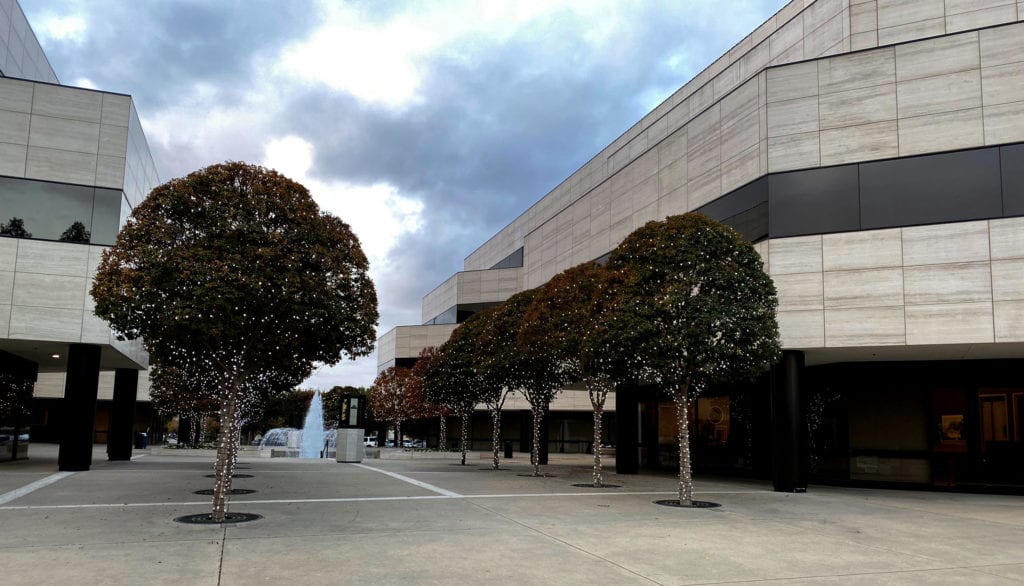Since the COVID-19 pandemic hit California in March 2020, occupational infections have been a big part of the discussion around workers’ compensation. Of course, occupational infection issues are by no means new in California. The law is clear: Workers’ compensation covers occupational infections—but the applicant must establish causation.
There have been two recent panel opinions in California that offer some additional clarity on occupational infections and causation. Within this article, our Bakersfield workers’ compensation defense lawyer provides an overview of the two recent opinions on the issue of causation and workplace infections in California.
Case #1: Shuere v. State of California, Department of Youth Authority
The case of Shuere v. State of California, Department of Youth Authority centers around an employee, Peter Shuere, who became infected with a condition known as Valley Fever. The condition is caused by a fungus. You may also hear it referred to as California Fever or San Joaquin Valley Fever because it is most highly concentrated in the region. That being said, it can also occur in other desert areas.
Mr. Shuere was employed by the Department of Youth Authority. In this workers’ compensation claim, he argued that he contracted Valley Fever because he was forced to spend a lot of time outside traveling to and from a parking lot at his employer’s premises. His employer argued that his worksite exposed him to no higher risk than any person in the general public faces in the area.
Case #2: Dieball v. State of California, Department of Corrections—Men’s Colony
The case of Dieball v. State of California, Department of Corrections—Men’s Colony centers around an employee who had to patrol the outside premises of a prison as part of his job as a correctional officer. He argued that he was exposed to Valley Fever due to his workplace duties. Notably, his claim also emphasized that the employer’s facility was under construction at this time and that the risk was especially high because there were large areas of exposed dirt. In defending the claim, his employer argued that Mr. Dieball could not establish causation.
Panel Guidance: Both Claimants Met Burden—More Likely Than Not Standard
Occupational infection claims are especially complicated. The panel found in favor of both Mr. Shuere and Mr. Dieball. In doing so, it noted that the employee (claimant) has the burden of proving causation. However, the panel emphasized that proving the actual precise causation of an infection such as Valley Fever is generally not possible. There is a more likely than not standard of liability. An employee can meet the burden by proving the following three things:
- They actually contracted an infection (medical records);
- They acted in the course and scope of their employer; and
- They have clear evidence proving an actual workplace exposure or they can prove that their job duties put them at higher risk of exposure than they would have been otherwise.
Get Legal Help From Our Bakersfield, CA Workers’ Compensation Defense Lawyer Today
At Yrulegui & Roberts, our California workers’ compensation defense attorney is a skilled and tireless advocate for client interests. If you have any questions about the elements required to establish causation for an alleged workplace infection, we can help. Contact us today to arrange your confidential initial appointment. We handle workers’ compensation defense matters in Bakersfield, Fresno, Sacramento, and throughout the whole region.


